Importing exotic hardwoods like Ipe to the US market is an in depth process that not only needs to consider federal and foreign government regulations, but also cultural and climatic differences. In many cases we deal with a different hemisphere so while the US enters prime deck building season, much of South America is still in their rainy season.
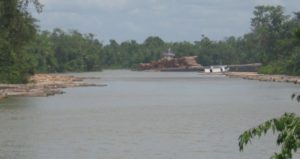
In fact most South American sawmills have been shut down for several months as the US market begins to ramp up for a big buying season. This means that the material that is coming into our yards from the ports right now is the tail end of the supply for the season. Harvesting will begin again as thing dry out in late June and early July but the trees still need to be transported out of the jungle to export centers where it is sawn into lumber and milled into decking products. Eventually, new stock is loaded onto ships and hits the water in October and November. We begin to receive fresh supplies right around the Christmas season and continue to receive it until right about now (early Spring).
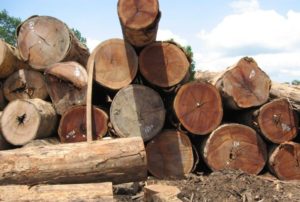
This brings about a classic supply and demand issue where we want to make sure we have the supply to last through our buying season yet know that our inventory as it stands now may be all we have to sell until the new harvest is processed, shipped, and received at the beginning of Winter. We continue to buy Ipe from Brazil as long as we can since it is one of our larger products; however, the price begins to soar as the Brazilian mills start to run out of stock. And so the bidding wars ensue. The problem is that Ipe prices have been climbing steadily in this recessive global economy as saw mills producing responsibly harvested and quality materials start to disappear. This constricts the supply even further. While Ipe may still be available, it becomes even more imperative that buyers like us pay careful attention to the credentials of these mills to ensure that neither lumber quality suffers nor that the mill is using questionable harvesting practices. Environmental sustainability is paramount with this market and there are mills that are doing an outstanding job of protecting the forests while still producing high quality lumber. It is these mills that we continue to buy from each year. Reduced supply and increased demand can very quickly cause a lapse in these practices in order to fulfill orders. We have to be very cautious of this slippery slope. Each year we are approached by suppliers whose Ipe quality is not up to snuff and their credentials are, shall we say “questionable”. It is a strong fear that rising costs may prompt more reckless harvesting that can jeopardize the entire ecological system, not to mention the future of the market.
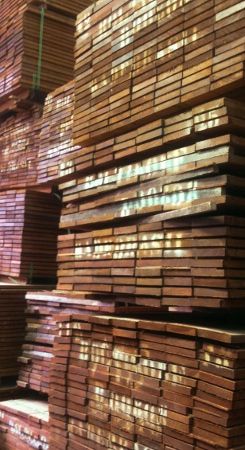
This is not to say that J. Gibson McIlvain does not have a supply of Ipe. In fact, we are overflowing with it. As mentioned in a previous post on this site, we buy our entire year’s supply all in one short period so our yards are positively overflowing with it. We also are aware of a growing demand for tropical decking and a slight uptick in our economy that may produce even more demand for Ipe decks this summer. Of course the costs will rise as the supply runs out, but it never seems to return to previous lows when the supply is plentiful. This overall trend concerns us and it is this issue that is prompting us to consider alternatives to Ipe like Cumaru and Massaranduba. For now Ipe remains the best solution for a long lasting and beautiful deck, but in the future we must consider what price to your wallet and the environment is really acceptable.

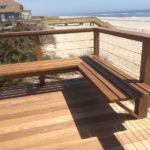
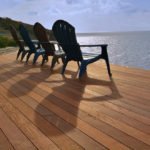
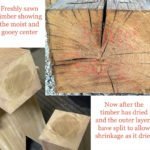
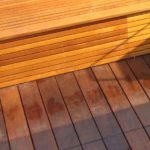
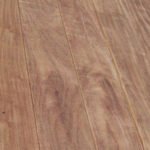
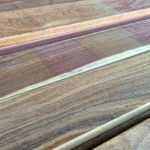


Leave a Reply